Some of the links in this post may be affiliate links.
Have you been wondering what the best soil for Devils Ivy is? In this post, I will go through 3 amazing choices that will set up your Devil’s Ivy plant, or Pothos, for success. I’m including an amazing specialty soil mix that you can use as-is straight out of the bag, as well as two mixes that you can blend on your own.
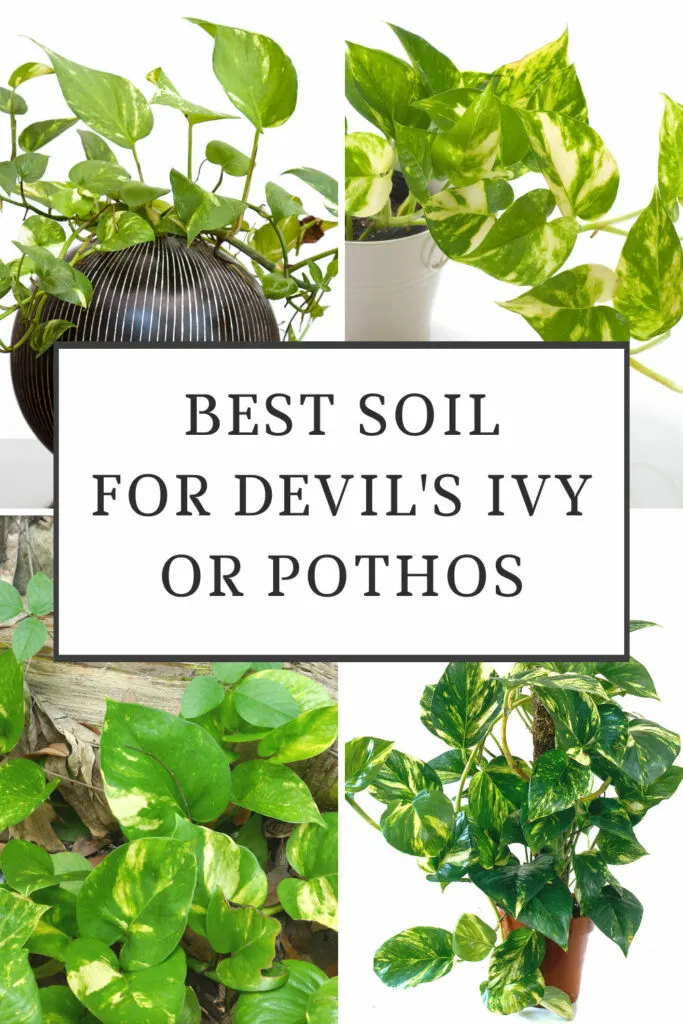
Table of Contents
BEST SOIL FOR DEVILS IVY
Epipremnum aureum, commonly known as Devil’s Ivy or Pothos, is one of the easiest plants to grow indoors. The heart-shaped leaves are irresistible and a well-grown Devil’s Ivy is truly one of the most beautiful indoor plants.
Whether you are looking for a soil mix for golden pothos, neon pothos, marble queen pothos or any other pothos varieties, the soil blends in this post will help your plants reach their true potential.
One of the best plants for low-light conditions that you can grow indoors, this native of the Solomon Islands is a climbing plant in nature and is a fast-growing vine.
They use their aerial roots to grow up tree trunks, but they will also ramble as a ground cover. It also has been introduced to many warm climates around the world where it can be a pretty invasive species.
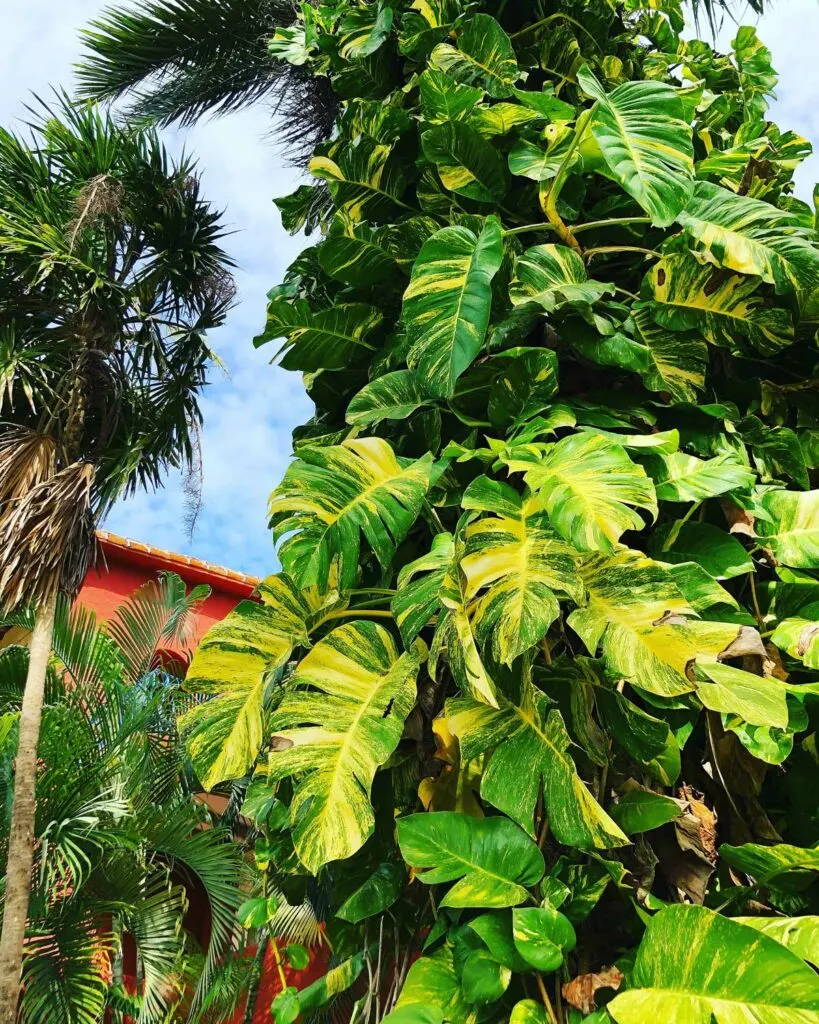
Indoors, you can grow this tropical plant as a hanging basket, or you can give it a climbing support like a moss pole.
The trick to growing these plants well is to have a potting medium is that moisture retentive, yet airy and well-drained at the same time.
Now let’s get into 3 wonderful mixes that you can use for your plant.
1. TROPICAL CLIMBER SOIL BLEND
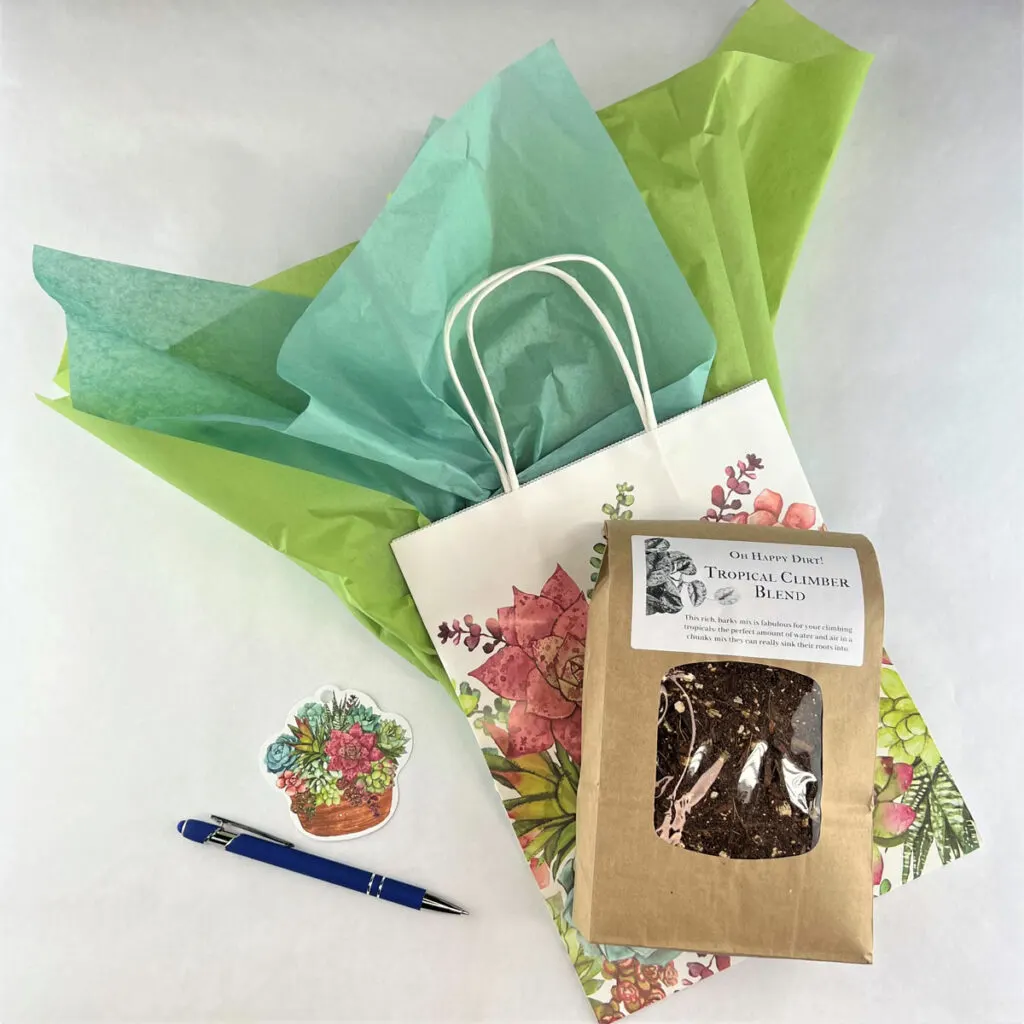
If you don’t want to mix your own potting mix and want to keep it easy, I would strongly consider the Tropical Climber Soil Blend from Oh Happy Plants.
Here are some of the reasons why this is an amazing blend:
- It is more sustainable since there is no peat moss. More sustainable coco coir is used instead.
- If you hate perlite, this mix does not include it! It does tend to float to the top over time and there are some concerns over fluoride content in perlite.
- The mix steadily provides nutrients to your plants over time as a result of incorporating ingredients like alfalfa meal, flax seed meal, and rock dust.
- All of the Oh Happy Plants blends use a mycorrhizal inoculant, which improves plant health and vigor, and increase disease resistance naturally!
Not only is this blend wonderful for Pothos, but it is also wonderful for Monsteras, Philodendrons and any other climbing tropical rainforest plant.
I’ve been using the Oh Happy Plants blends for a while and really believe in them so much that I’ve forged a relationship with the company and you can try out Tropical Climber Soil Blend or any of their mixes and receive a 10% discount automatically if you use my link.
This mix is a bit more expensive, but the mix is extremely high quality and you can use it straight out of the bag, unlike most mixes on the market. And it is worth every penny.
It will remove any guesswork, and the convenience of having a turn-key product makes life a lot easier.
I strongly recommend any of the Oh Happy Plants products. You will see a wonderful difference in the health and vigor of your plant.
2. MIX YOUR OWN WITH BIG PERLITE
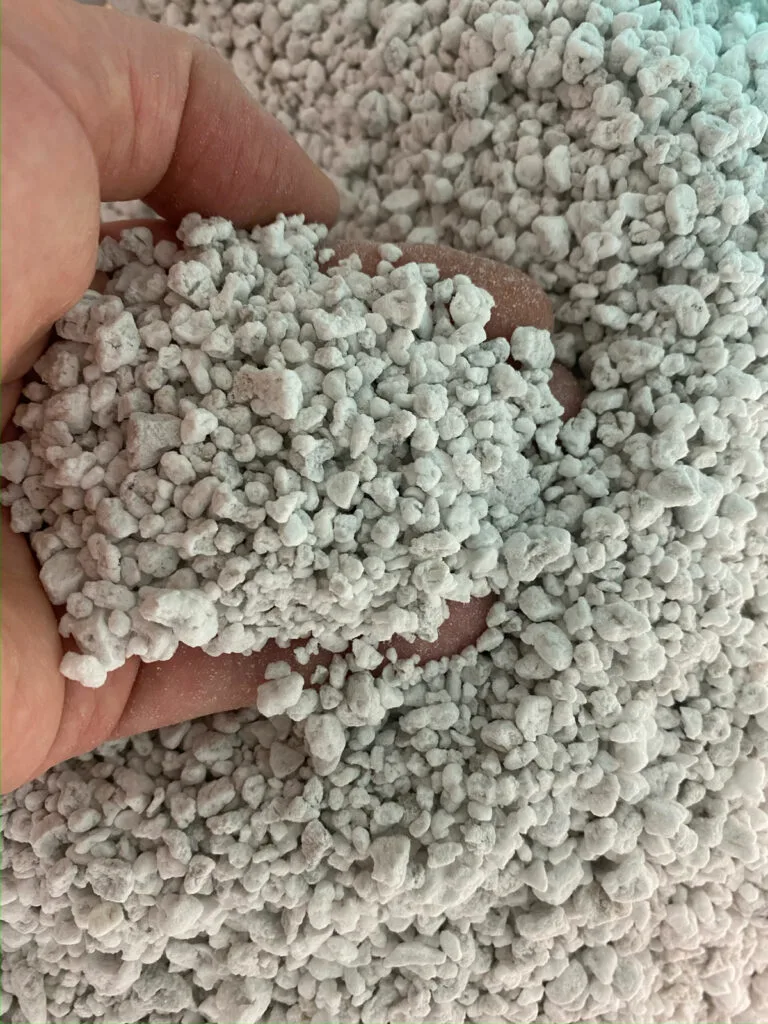
I never use most commercial potting mixes straight out of the bag without adding anything to help increase drainage and porosity.
Commonly available potting mixes like Miracle-Gro and Espoma and others that are sold as indoor potting mixes need a little help and are not always ideal to use on their own in the average indoor home environment.
If your conditions are not ideal and you combine a poorly draining potting mix with lower light conditions and perhaps have pots that are bigger than they should be, it is an invitation for root rot.
Not all perlite is created equal, and there is one type of perlite that you may not have used in the past that you should be aware of. I’ve become a huge fan after using it on many of my Pothos plants, and others, for many years. What is this product?
It’s simply a larger-sized perlite, or #3 perlite that I purchased on Amazon. It is a large bag, but I use a lot and you can incorporate it into many blends.
You can add one part of this perlite to 2-3 parts of your favorite indoor potting mix that you use (like the standard Miracle-Gro or Espoma mixes for indoor plants):
This is a wonderful mix for the following reasons:
- The larger #3 perlite adds incredible porosity and draining to your mix, much more so than smaller perlite, and it will also help to prevent compaction better.
- There are only 2 components to mix, and you can save money this way by buying in bulk. If you have a large plant collection, this is the way to go.
If you really don’t like perlite, you can substitute with pumice. I’ve purchased countless bags on Amazon of 1/4″ horticultural pumice made by Bonsai Jack and use it in a variety of applications.
To learn more about the differences, read my blog post on perlite vs pumice.
3. CHUNKY AROID MIX
One “standard” mix that you may have heard about is a simple blend of equal parts indoor potting mix, orchid bark, and perlite.
Some advantages of this mix are:
- It’s only 3 ingredients and they’re all easily available at garden centers or online.
- The mix is incredibly well-drained, and probably the freest draining of the blends in this post (though all are wonderful).
- As a result of all the coarse material in this mix, it will be very difficult to “overwater” your plant.
What you need to keep in mind is that the “chunkier” the potting mix, the more quickly it will dry out. This will especially be the case if your plants are growing in great light and you have warm temperatures.
This is why watering schedules should not be strictly adhered to since our growing environments are all different, and your potting mix choice as well as environmental conditions will greatly affect how quickly your mixes will dry out.
I talk about all these relationships in my book, Houseplant Warrior: 7 Keys to Unlocking the Mysteries of Houseplant Care.
Because our environments and growing conditions are all different, we can’t all have a “once-a-week” watering schedule.
For some of us it will be more frequent, and for others, it will be less frequent. For very chunk potting mixes, they will require much more frequent watering. And if you don’t adjust your watering, one of the common problems is yellow leaves developing from the potting mix drying out.
There are of course many different types of potting mixes that will work, and this can take a little experimentation for your end. For best results, the key is to be flexible with your watering routine and provide the right combination of growing conditions. I talk about all of these things in detail in my book, Houseplant Warrior.
FINAL TIPS
The ideal potting mix for your conditions will have superior drainage, contain enough porosity to allow air to your plant’s roots, and be fairly evenly moist at the same time. A good rule of thumb is to water after the top inch of your potting mix has dried out.
Although you can repot really at any time of year, the best time to do so is during the growing season when your plant is actively growing or starting to grow. This way, your plant will establish itself more quickly.
If you want to add a moss pole to your Devil’s Ivy pot, this is best done when repotting. You can use my DIY moss pole guide to make your own! None of the ones I’ve purchased are suitable, so I prefer to make my own. The quality is much higher and they’re fun to make!
In addition to your potting mix having good drainage, your pots also need to have drainage holes otherwise it will defeat the purpose. So when you choose a new pot, make sure it has at least one drainage hole or more.
Any accumulation of water at the bottom of the pot will invite root rot, so don’t fall into this trap.
Don’t forget to provide enough light for your plant. The lower the light your plant is growing in, the more careful you have to be of the type of soil that you use. If there isn’t enough porosity, it can cause trouble for you.
Lastly, if you just want a turn-key, superior potting mix for your Devil’s Ivy or Pothos, my top recommendation is to use the Tropical Climber Soil Blend from Oh Happy Plants.
You’ll pay a little more, but you can use it as-is and there is no fussing! Someone else already did the work for you, so try it out! You won’t regret it! I’ve been using their blends for a long time and they are worth every penny.
I hope you’ve enjoyed this post on best soil for devils ivy. What do you like to use for your plant? Comment below. I’d love to hear!

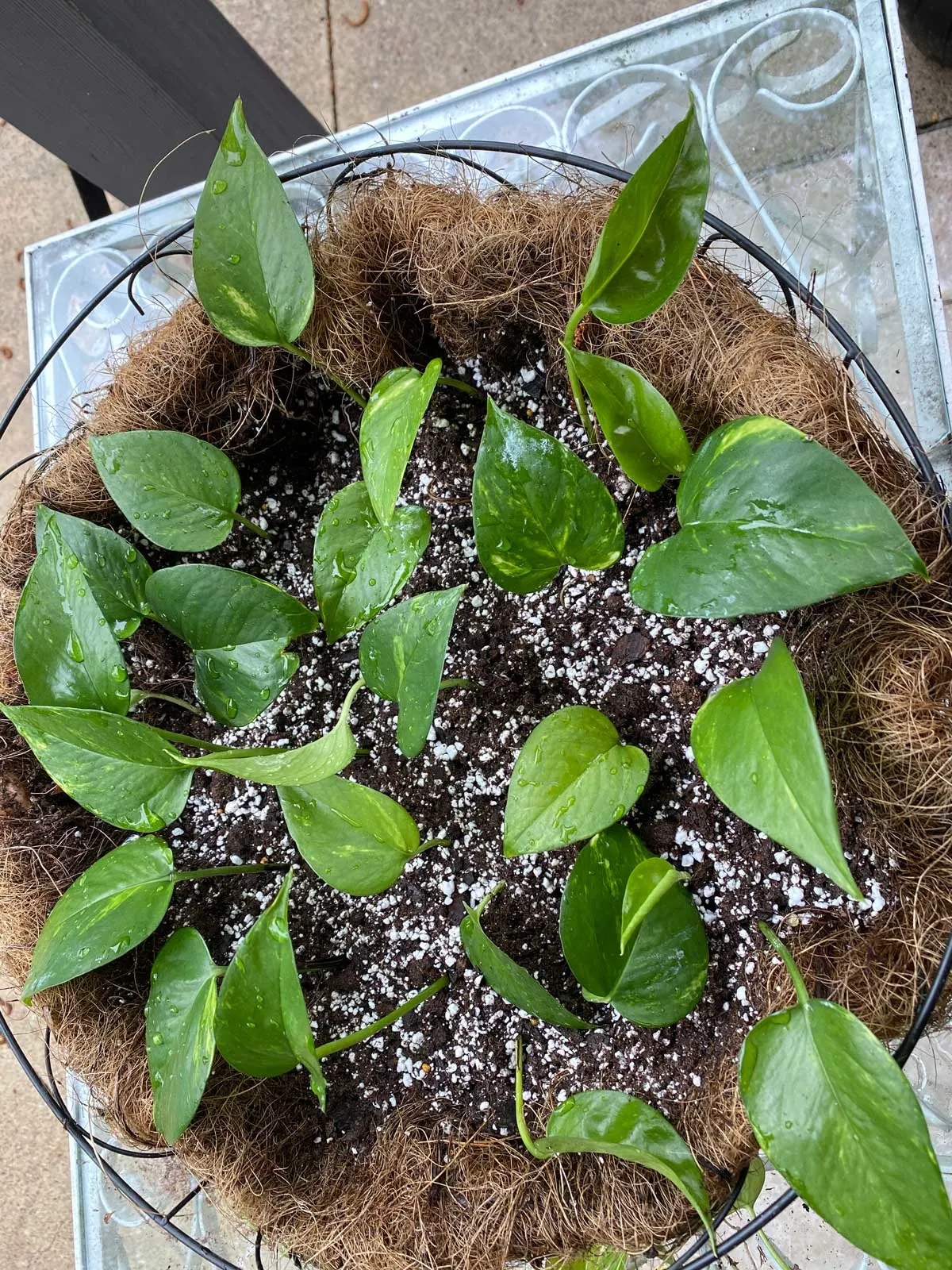
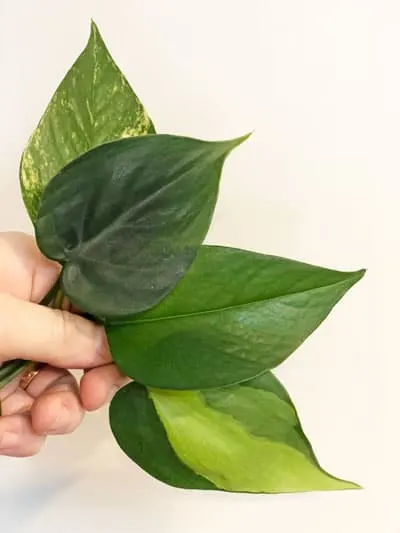
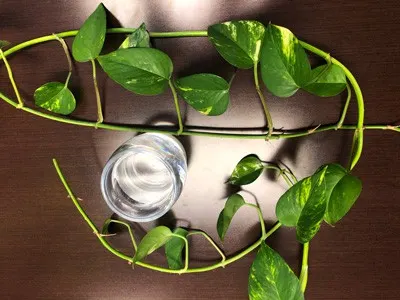
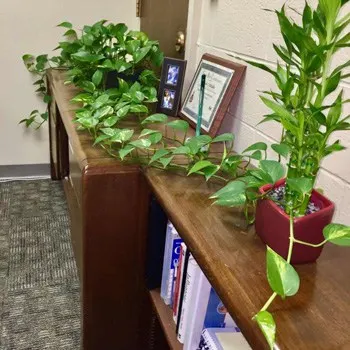
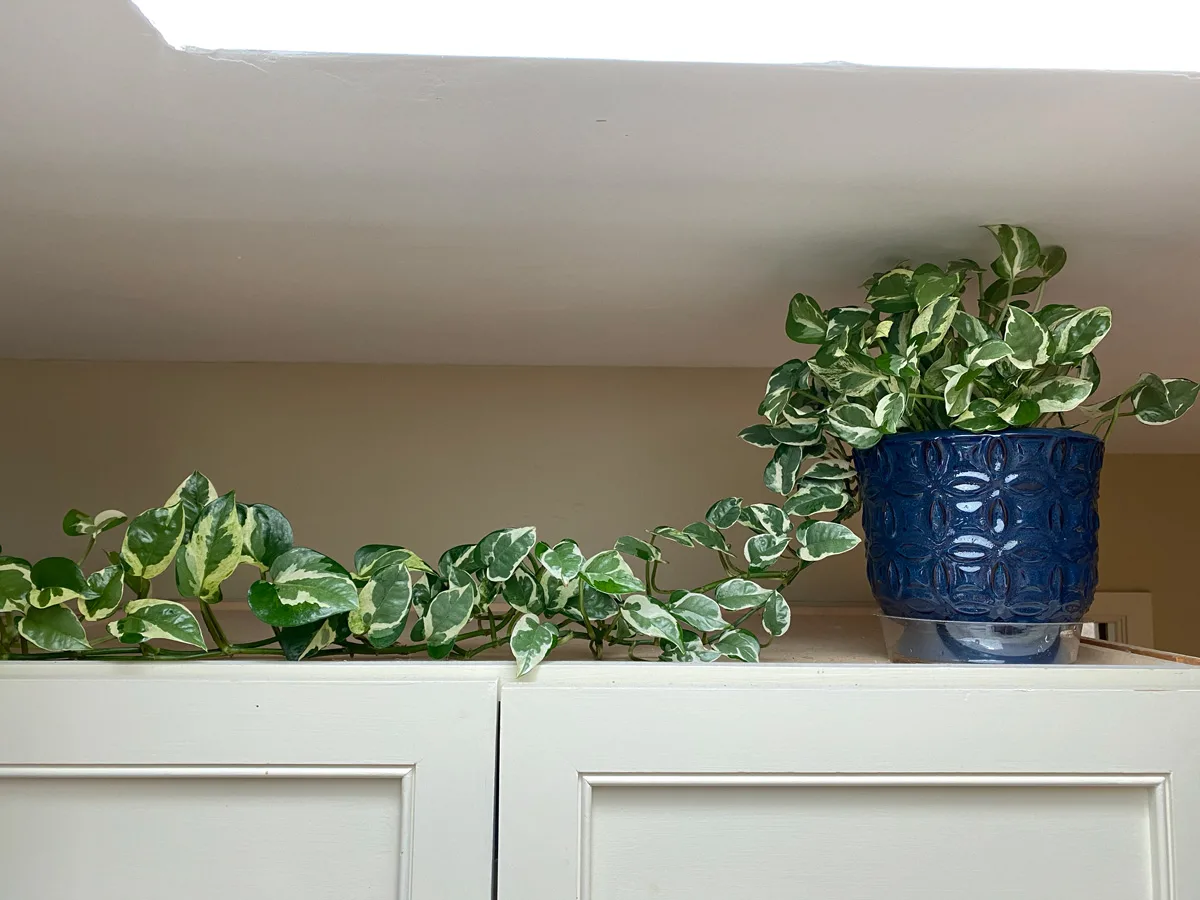
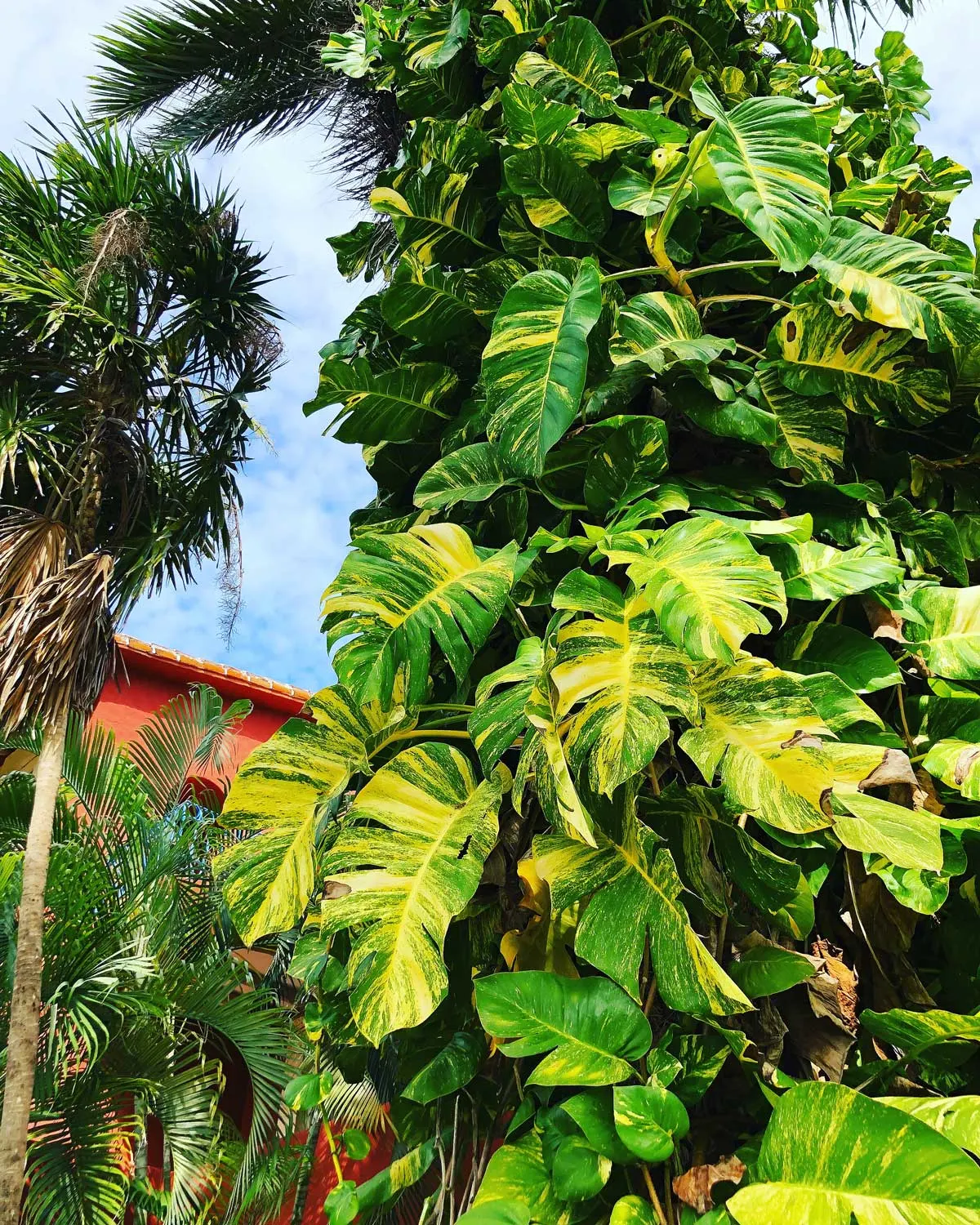
Bob Hopfner
Monday 18th of September 2023
I mix cactus soil and pumice and coir and phalaenopsis bark in equal parts, use a big clay pot. Same as I do for my monstera and my philo brazil
Raffaele
Monday 18th of September 2023
This sounds like a great mix too! There really are many options, as long as you balance it with your growing environment. :-)